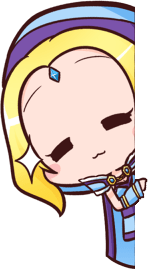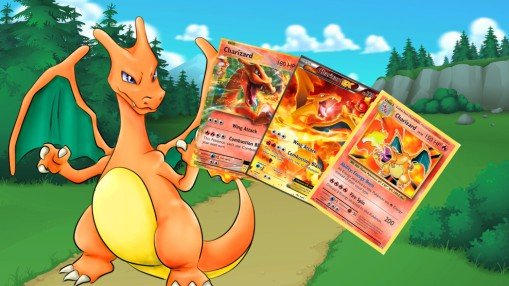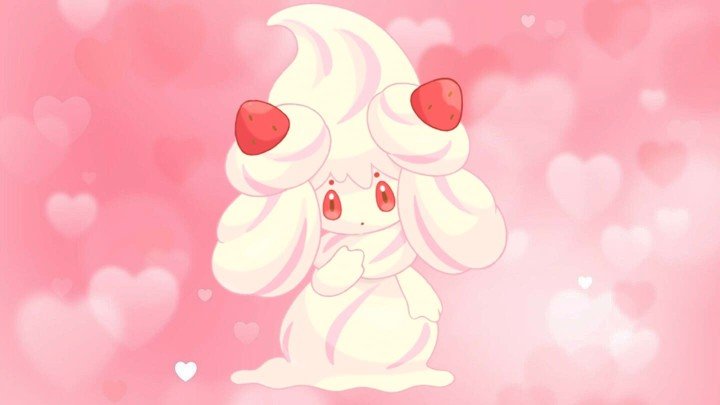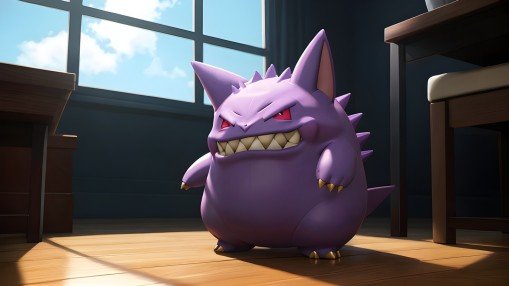As soon as this significant moment arrives, namely mastering the Pokémon Trading Card Game, a couple of important questions immediately arise: what to do with the deck? How is it possible to assemble one?
 Image: dzen.ru
Image: dzen.ru
Let's first determine that the most fascinating aspect of TCG is the chance to create your own party of heroes, which can be quite diverse. Some will have strengths, and others will not. It's also necessary to consider their evolutions, types, and trainer cards, so that the opponent is left with no chance to win.
Briefly about pre-made decks
 Image: wfkp.castvs.cloud
Image: wfkp.castvs.cloud
For beginners, it's easier to purchase an already assembled deck. Fortunately, there are no problems with this, as they are quite widespread. Additionally, the game items have another feature, which is their theme (for example, they can be dedicated to electric Pokémon or world championships).
Essentially, this is an excellent solution for beginners, as they can spend time learning the rules rather than checking cards which might not be suitable for an endless series of victories.
However, let's clarify that the specified approach is more suitable for newcomers. As soon as you understand the basics of the game, you'll immediately want to assemble a unique Pokémon deck. True, this requires careful consideration, as there are some nuances.
Basic Rules
 Image: dicebreaker.com
Image: dicebreaker.com
As in any other matter, there are specifics which cannot be ignored. Firstly, a deck must contain exactly 60 pieces. No more than four identical cards are allowed (except for energy).
Here's one example: you are given a choice of 4 Eevee and some evolutions — Vaporeon or Jolteon. We mentioned that repetitions should be avoided, however, no one forbids including copies of the Eevee & Snorlax tag team from add-ons.
Advice for beginner players: it's best to adhere to the principle of balance among Pokémon, energy, and trainer cards, that is, 20 of each. Other, more experienced gamers may vary the quantity, as strategy is their priority.
Character types
 Image: Nintendo
Image: Nintendo
Do not forget about the types of characters, as it's necessary to consider their strengths and weaknesses. Some choose opposing decks, for example, water and electric, and this is also considered a good tactic. However, if you decide to do the same, you must first ensure the correct number and type of energy cards for the attack.
One more piece of advice: initially, it's worth spending time studying the main topic of this article to make the so-called duel more effective. This can be aided by the database.
All types of Trading Card Game
Let's look at the variety of cards, since such an important aspect cannot be excluded when assembling a deck.
Energy
 Image: dicebreaker.com
Image: dicebreaker.com
To make a move, the main content of the deck is required, along with the necessary quantity and color combination. This category has subcategories, which are listed below:
- Colourless
- Dark
- Psychic
- Fighting
- Water
- Dragon
- Metal
- Fire
- Lightning
- Grass
Trainer
 Image: dicebreaker.com
Image: dicebreaker.com
There are also subcategories, and here is the complete list:
- Item — suitable for one-time use, but capable of performing any action. This includes evolving a character to the third stage without the corresponding cards. This offers the advantage of shuffling the deck back into the pile to draw a fresh combination. Players are allowed to play as many items per turn as they wish.
- Stadium — responsible for weather conditions. The principle is the same as in video games. For example, during rain, the gamer receives less damage.
- Supporter — as the name suggests, these cards are required for assistance and support, to tip the scales of victory in your favor.
Pokémon cards
 Image: dicebreaker.com
Image: dicebreaker.com
Here, players must use heroes and character skills to defeat the enemy, i.e., knock out items. Five game creatures are in reserve until heroes need to be deployed. However, only one Pokémon can have active status at a time, provided there is no Tag Team.
When creatures go through stages of evolution, their new form is placed on top of this character card. They progress once per turn but do not evolve in the turn they are played.
Now let's look at the ones that will award characters more powerful strength:
- EX / GX and Break: EX and GX are more related to the final stages of evolution, and they can be activated immediately.
- Tag Team — if you want to strengthen Pokémon, you will definitely need these items.
Choosing characters for the upcoming game
 Image: metro.co.uk
Image: metro.co.uk
Now that we've discussed the types of creature and the varieties of cards, it's time to move on to the careful selection of heroes. Initially, it's worthwhile to consider the health level, damage, effects of Pokémon, and ease of integration into gameplay.
Pikachu & Zekrom-GX is considered the strongest in terms of the Lightning type. With just three units of lightning energy, it deals 150 damage! It's important to ensure that you include game characters who complement each other, such as Boltund V for Pikachu & Zekrom-GX, because the electric attack is suitable for enhancing the full toss of the second Pokémon.
Filling out the deck with search and draw
 Image: redbull.com
Image: redbull.com
Many decks contain approximately 12 to 16 heroes, nearly half of which are focused on attack. When making a choice, focus on those characters who can be easily found through the same trainer cards as the main Pokémon. The key is that creatures should interact well with each other. This is also a great way to save resources since they don't require personal sets of support cards.
Don't forget about support, because it's essential! They increase the chance of accessing resources.
There will likely be some free space, which is best filled with trainer pieces aimed at refining your strategy or worsening the enemy's. Attempting both simultaneously won't work because it's a fundamentally flawed plan.
Focus on this part because it will vary among players, tailored to personal preferences.
Base
 Image: dicebreaker.com
Image: dicebreaker.com
Let's identify the key cards which will help build a winning strategy. Most often, there are 4 of them. Remember: the more identical copies in the deck, the greater the chance that you can draw that particular item when needed.
Let's consider an example with Polteageist. This character is at the first level, so it makes sense to include four other heroes. However, Sinistea must also be present.
The first of the mentioned Pokémon requires two Colorless Energy, meaning any type of energy card category needs to be added. Four energy pieces of each type are necessary because they are important for a winning strategy.
Now, assembling a deck no longer seems like such a difficult process. Once you delve a little into this topic, it will become much easier to create your own creation that will lead to victory.
Main image by Easy Diffusion


 Irina "Zemlia" Sukhanova
Irina "Zemlia" Sukhanova 

















0 comments